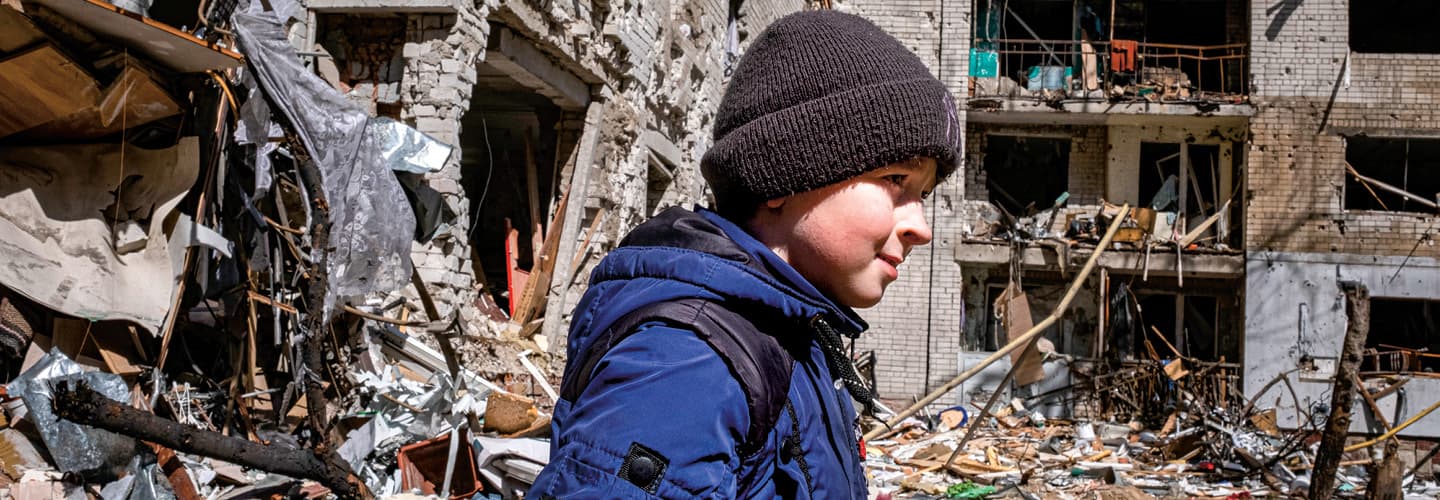The situation in eastern Ukraine where 14-year-old Kamila Horbachova lived was getting increasingly risky. Russian artillery constantly bombarded her home city of Toretsk. First the electricity went out and then the water.
Kamila’s parents, who have essential jobs in mining, couldn’t leave, but by April of last year, they knew they had to get their daughter to safety. So they took Kamila to a nearby train station and put her on a train full of children bound for the relative safety of Lviv, the largest city in western Ukraine.
“I was very worried that we were leaving without our parents, by ourselves,” Kamila says, adding that when she boarded the train alone, “it was horrible for me.”
The situation in eastern Ukraine where 14-year-old Kamila Horbachova lived was becoming riskier. Russian troops constantly attacked her home city of Toretsk. First the electricity went out and then the water.
Kamila’s parents, who have essential jobs in mining, couldn’t leave. By April of last year, they knew they had to get their daughter to safety. So they took Kamila to a nearby train station and put her on a train full of children. The train then set off for the relative safety of Lviv, the largest city in western Ukraine.
“I was very worried that we were leaving without our parents, by ourselves,” Kamila says, adding that when she boarded the train alone, “it was horrible for me.”

